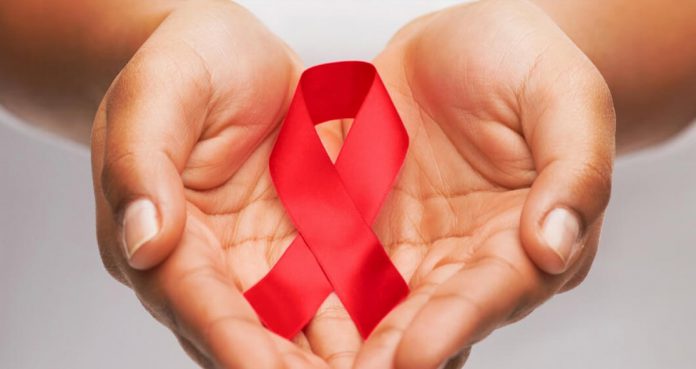More than a million Americans are suffering from HIV in some of the largest cities; however, the current news about the disease is a bit surprising.
On November 22, the NYC Department of Health announced that the city had a fewer number of new HIV cases in 2018, while the Philadelphia Department of Public Health reported a 14 percent drop in new HIV cases. Chicago and San Francisco health officials have also said they had lower rates of new HIV cases.
However, there has been an opposite trend in much of rural American. There have been newly diagnosed cases in sparely populated regions but HIV transmission is now intensifying in rural areas. In fact, HIV in rural America has already arrived in West Virginia, where more than 80 newly diagnosed HIV cases were reported in 2018 in Cabell County.
AIDS Activist A. Toni Young said, “The epidemic of opioid addiction fueled by drug companies’ promotion of pain medications beginning in the 1990s is a crisis for rural regions in part because these regions are completely unprepared to deal with the magnitude of the problem.”
Toni Young is the founder of the Community Education Group in Washington, DC, which addresses the epidemic of HIV/AIDS. She has spent over 25 years working to help members of the black, gay and urban communities affected by the disease.
She explained that unlike urban areas, rural health jurisdictions lack basic infrastructure to combat the crisis and deal with comparable medical issues.
According to the Charleston Gazette-Mail, more than 20 million opioid pills were delivered to one of West Virginia town from 2006 to 2016. And the CDC found that West Virginia has faced the highest rate of drug overdose death. One in four people were found to have a controlled-drug prescription by 2017 in Jefferson County. So, with high rates of controlled-drug prescriptions, people often tend to use or share infected needles, causing HIV or hepatitis B or C.
Also, healthcare facilities are relatively limited or inaccessible. Dr. Judith Feinberg said, “It’s not so easy to get to the nearest town to see a doctor,” considering lack of transportation and stigma the biggest barriers to medical care. People having HIV are often stigmatized, but those living in urban areas can get tested and treated anonymously in clinics in ways people living in rural cannot.
Unlike urban areas, rural American is ill-prepared when it comes to confronting HIV through the sex-positive approach. Rural areas lack comprehensive sex education. It high time for health professionals to change that and for policymakers to address the spread of HIV/AIDS in rural communities. It includes increasing health care access by supporting all workers affected by deindustrialization and stopping the stigma attached to sex and drug use. These changes will also provide much-needed assistance to the people in urban cities where HIV rates have been declining.






















